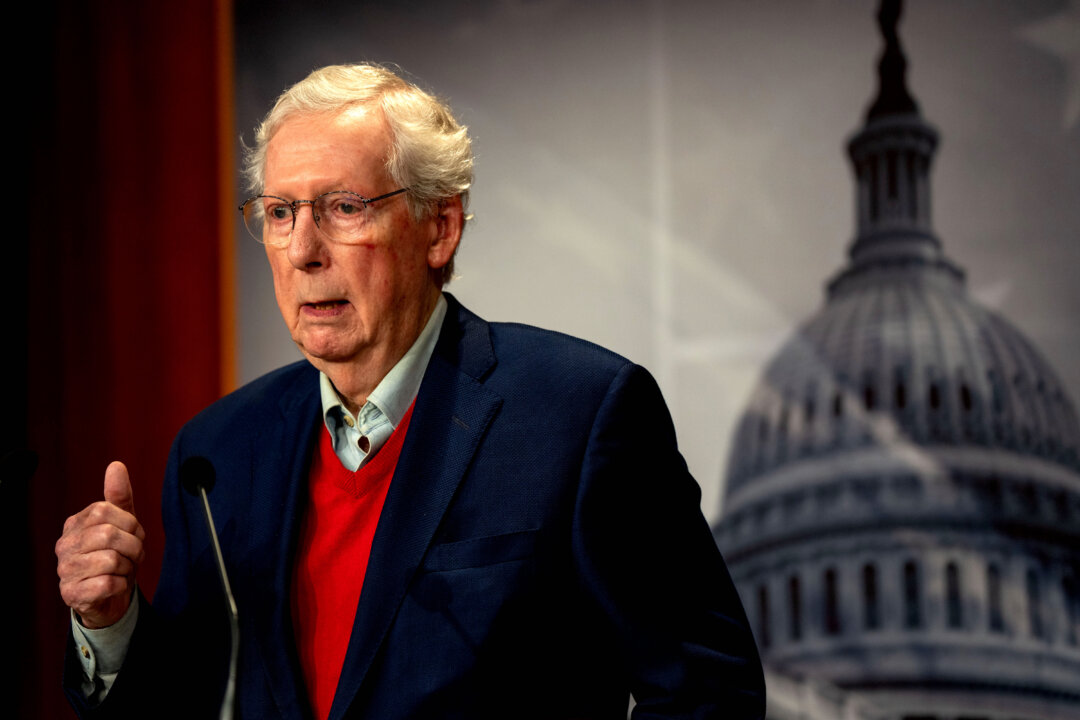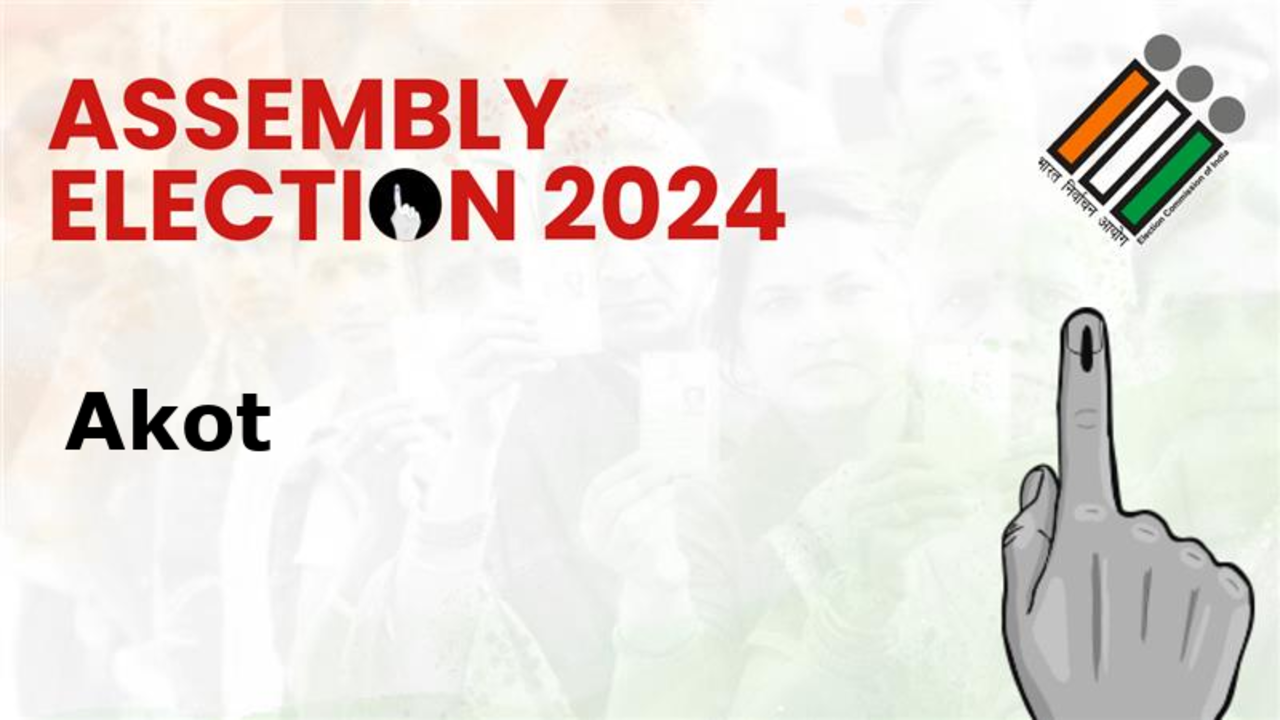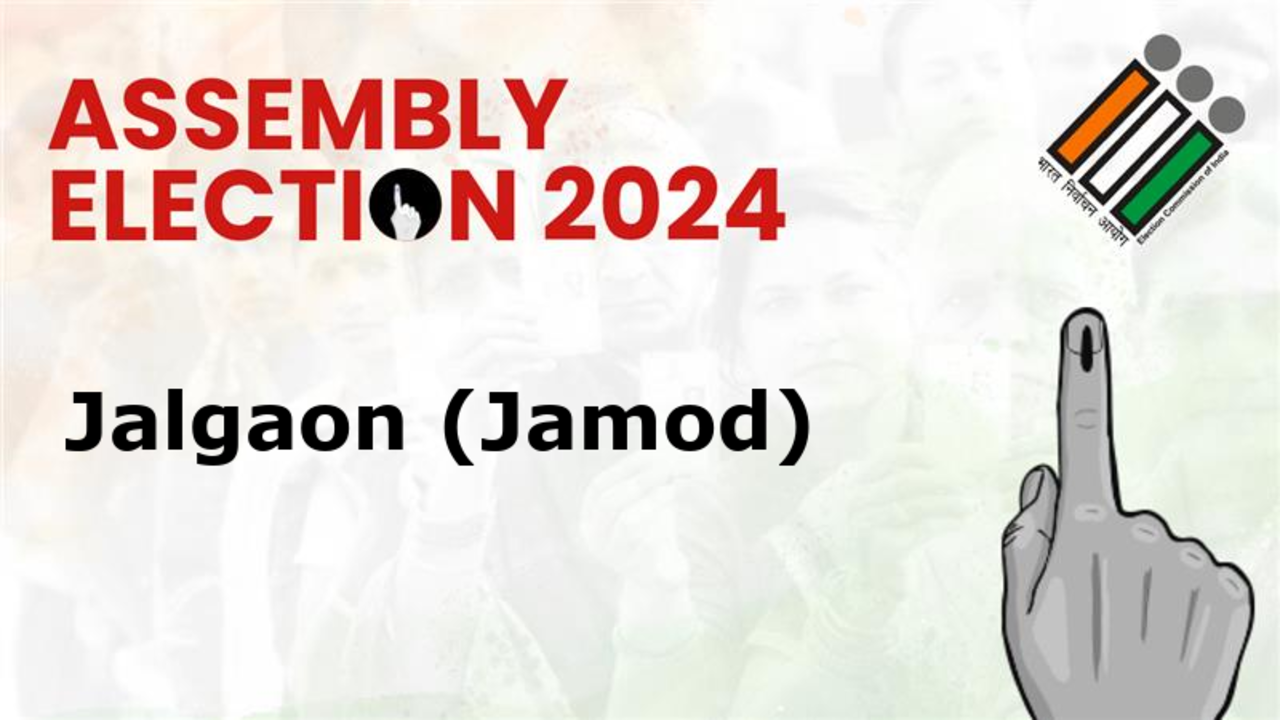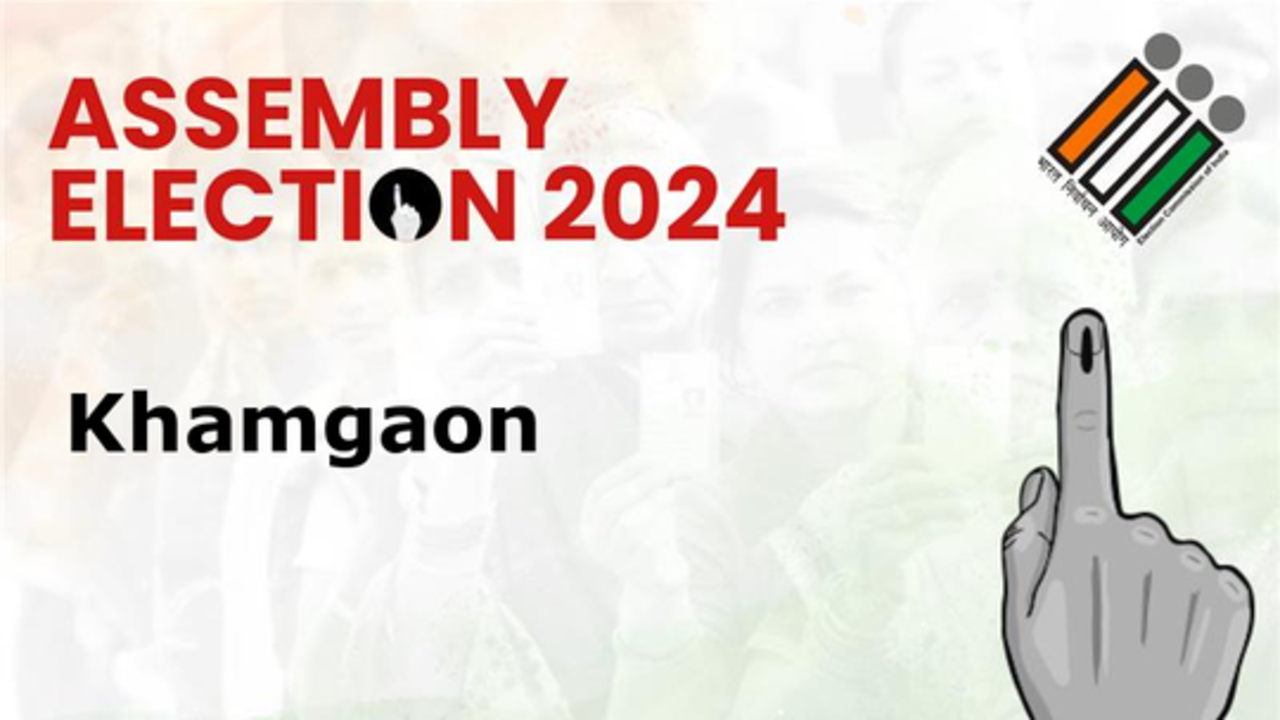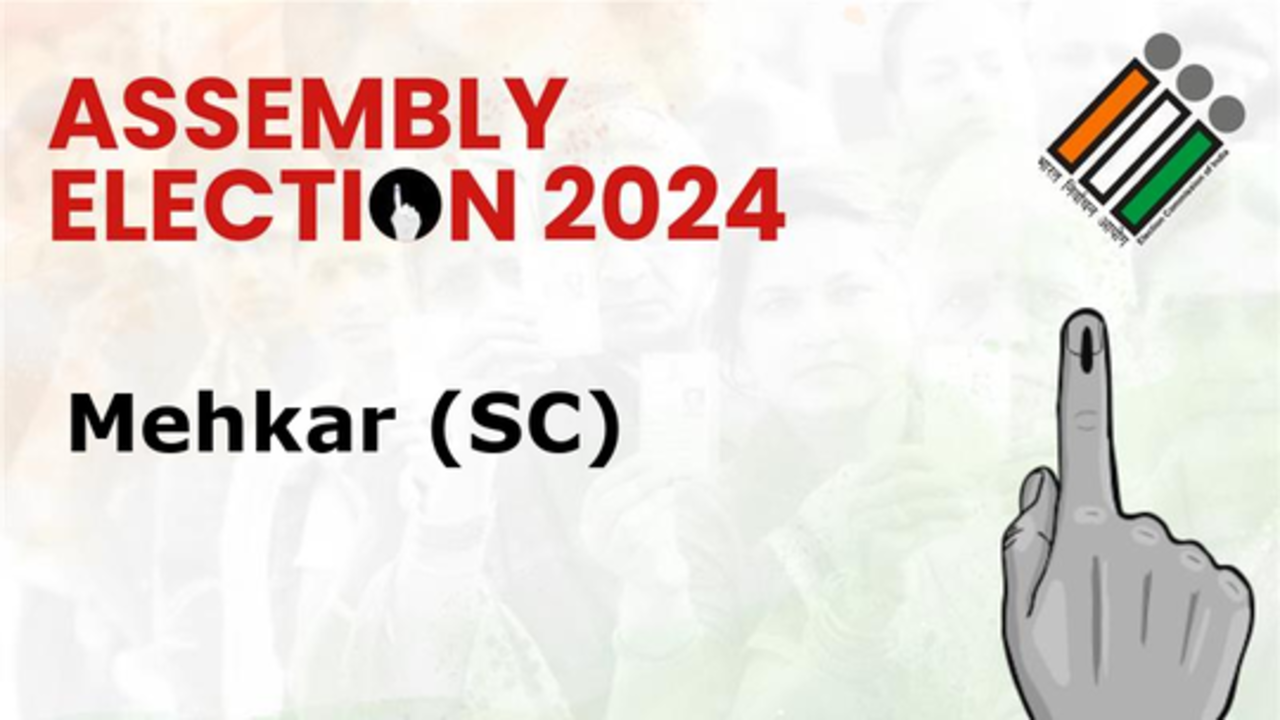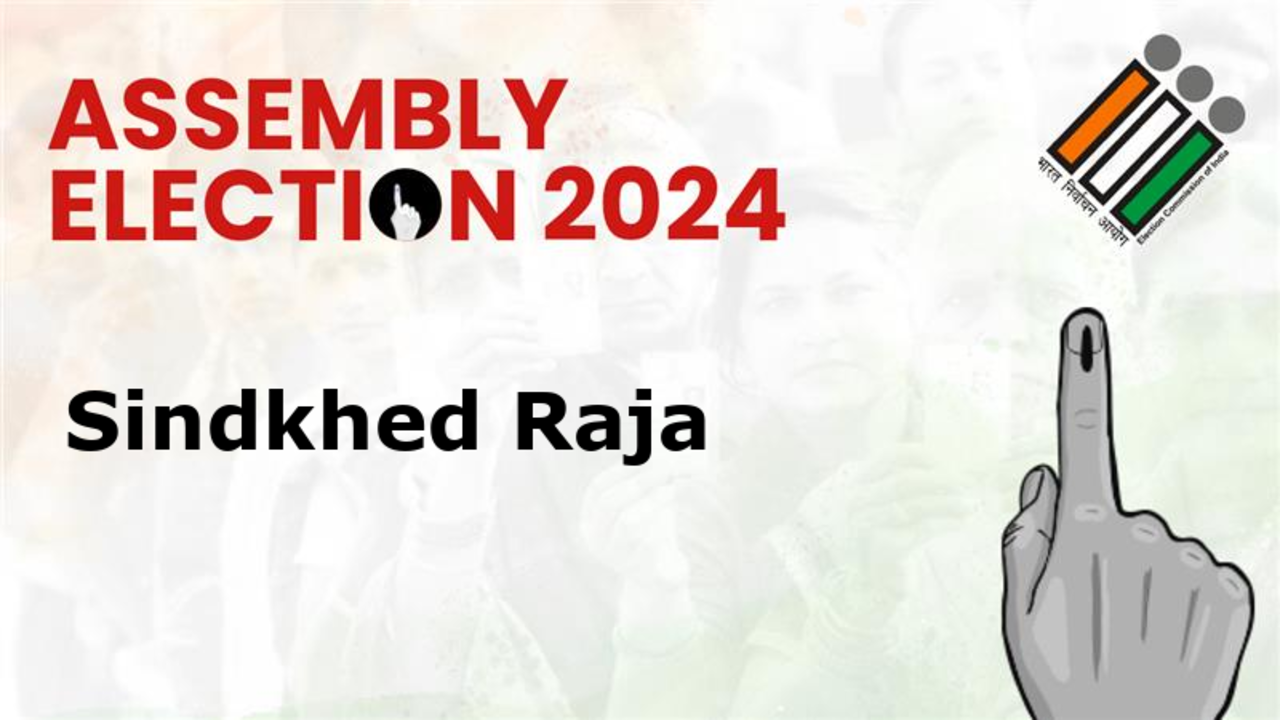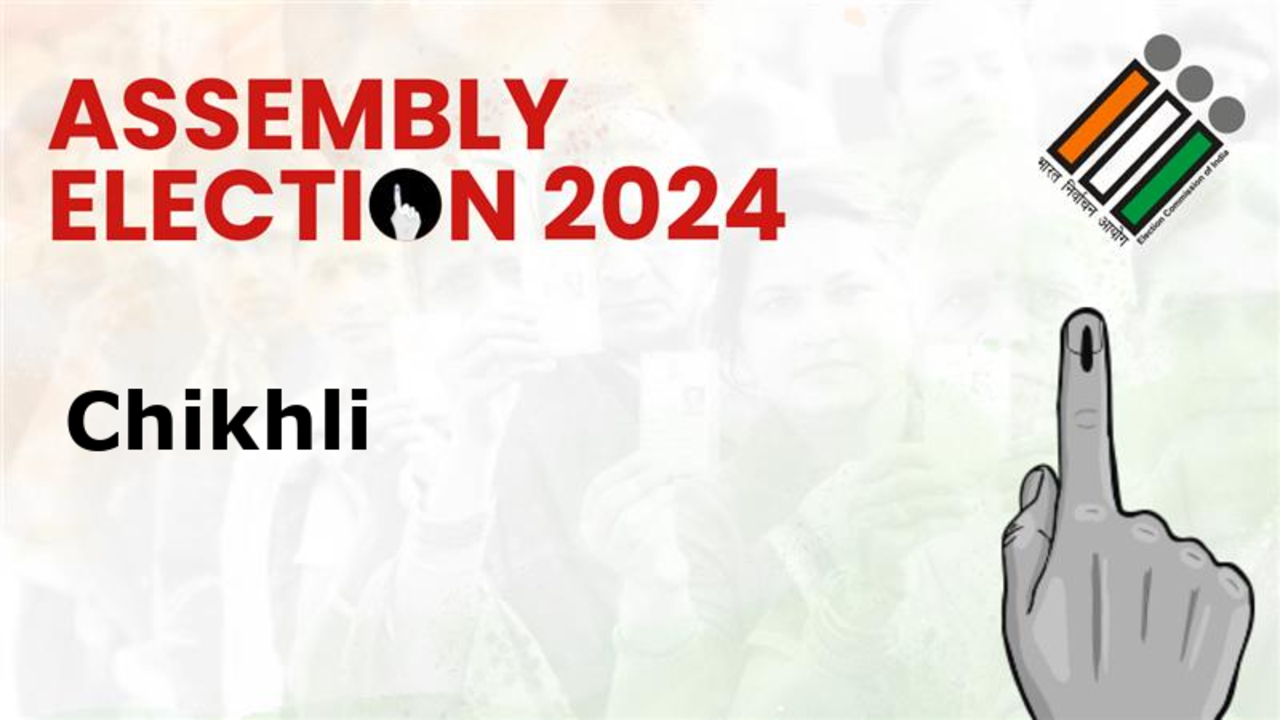
Politicians are falling over themselves offering inducements for our votes; everything except the one item upon which democracy depends – a choice. Caveat elector – in the absence of options, the democratic will of the people is a charade. Lofty commentators and opinion pollsters may scoff at the notion that a government without Fianna Fáil or Fine Gael might be a realistic prospect and they would have sound reason, what with the two parties’ combined 43 per cent preference rating and the so-called (Simon) Harris Hop, but stranger things have happened.
Numerically, the outlook is bleak for the left, but not without hope. With 36 of the 160 TDs elected to the last Dáil not standing again – more than 66 per cent of them Fine Gaelers and Fianna Fáilers – and 14 extra seats plus four new constituencies created for this election, the dictum for all parties is never say die. This time around, 26 constituencies have already lost one outgoing TD.
In six constituencies two incumbents are not contesting the election, leaving a 50 per cent vacancy in such four-seaters as Clare , Cork East and Dublin Bay South . In both Louth and Dublin Bay North , three of the five outgoing TDs are not seeking re-election. [ Election 2024: Profiles of all 43 constituencies Opens in new window ] On the basis that each constituency is a mini electoral republic, there is scope for Sinn Féin, the Greens , Labour , the Social Democrats and People Before Profit-Solidarity to make gains.
In Dublin West , where Leo Varadkar has departed, Ruth Coppinger, one of the high-profile casualties of the 2020 election, is attempting a comeback to the Dáil. Ditto independent Seamus Healy in Tipperary South . In Clare, senator Róisín Garvey, the Greens’ deputy leader, has a chance of taking the fourth seat.
Rory Hearne is a prospect for the Social Democrats in Dublin North West while the party’s Sinéad Gibney could cause a surprise in Dublin Rathdown , where Josepha Madigan has withdrawn and Alan Shatter’s independent candidacy will put a squeeze on his former Fine Gael party. Though its position on immigration policy and reproductive rights make Aontú more right than left, its founder, ex-Sinn Féin TD Peadar Tóibín, was impressive in the last Dáil, impressive enough possibly to bring his sister and Meath East party colleague, Emer Tóibín, into the next one. Any such speculation is academic, however, for voters who want their choices in the ballot booth to influence not just the election of TDs but the formation of a government too.
Right now, that opportunity is only clearly available to supporters of Fianna Fáil and Fine Gael. The shameful and eternal truth about the Irish left is that as long as it stands apart, it falls apart. Fianna Fáil and Fine Gael may be dubbed the Civil War parties but they have proven by their history-making Coalition Government that they are capable of putting their differences aside to work together.
In contrast, the left fragments continue to deprive the electorate with their internecine ideologies. Holly Cairns has decried the big parties for posturing about who will get to be taoiseach first and the share out of ministerial briefs, but the fact is that a cabinet that sticks together deserves consideration no matter which side of the spectrum you’re on. Many instinctive left-wing voters will think twice about electing a multiparty government of liberals unwilling to make any compromises.
As sure as voting cards plop through letterboxes every time an election is called, appeals go out for the left to band together. Richard Boyd Barrett is hoarse from calling for an informal united approach. Aodhán Ó Ríordáin reiterated it during the European and local elections campaigns.
On the eve of his election as Green Party leader last summer, Roderic O’Gorman said he wanted his party along with the Social Democrats and Labour to form “a progressive alliance” and jointly negotiate on key issues after this election. At present, the three parties have 24 seats between them but five are quitting – Catherine Murphy, Róisín Shortall, Eamon Ryan, Brendan Howlin and Seán Sherlock. Cairns has repeatedly disavowed a merger of her party with Labour, the alma mater of Soc-Dems founders Murphy and Shortall.
As the pair end their totemic Dáil careers, the way is clearer for an alliance as proposed by O’Gorman. Sinn Féin , which entered the last Dáil with 37 TDs but lost four in the meantime, has no hope of entering government without a critical mass of other left TDs plus a big leap in its own support on polling day, which would require surmounting the risk of seat gains for one left party causing losses for others. With Fianna Fáil and Fine Gael eschewing shared government with Sinn Féin, any government Mary Lou McDonald attempts to hammer together will, inevitably, be multi-party-with-independents to attain a bare majority of 88 seats.
By agreeing a voting pact before the election and a set of policy priorities for government, the bloc would enhance voter confidence that an alternative just might be possible. There is common ground between Sinn Féin, Labour, the Social Democrats, the Greens and People Before Profit-Solidarity on issues such as public transport, neutrality, Irish unity, disability needs, Sláintecare and universal childcare. While there may not be consensus on the outgoing Government’s Housing for All policy, no party would dispute that they are all for housing, allowing for potential agreement on an eviction ban and expansion of the Land Development Agency’s remit.
To even contemplate a multiparty left-wing government may be the political equivalent of fantasy football. Opinion polls indicate it won’t happen. Fine Gael and Fianna Fáil are determined it won’t happen, with the latter trying to woo Labour away from the rest.
It certainly will not happen as long as voters are deprived of a realistic alternative to the status quo. Politics, after all, is supposed to be the art of the impossible..








